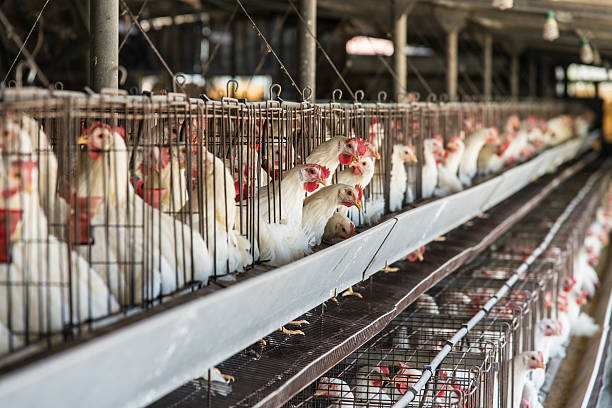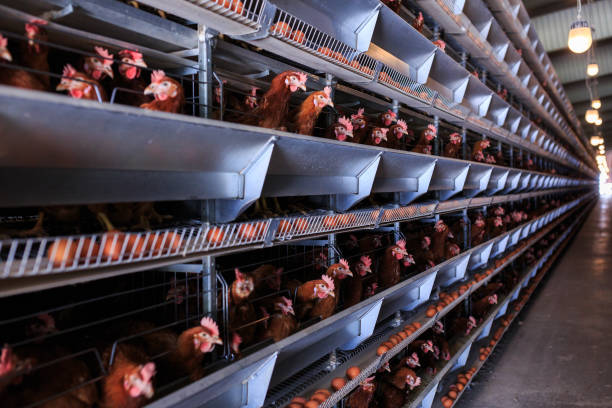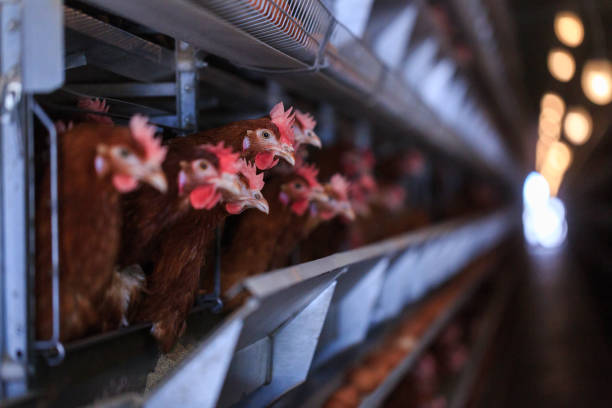Broiler farming has gained significant attention as a lucrative agricultural venture. For those considering entering this field, it’s crucial to understand the investment required for 20,000 broiler farming. This article will explore the essential components of this investment, including infrastructure, operational costs, and potential returns, to provide aspiring farmers with a comprehensive overview.
Initial Infrastructure Costs
The first major expense in broiler farming is the initial infrastructure. The investment required for 20,000 broiler farming starts with constructing suitable housing for the chickens. A well-ventilated, climate-controlled poultry house is necessary for maintaining the health of the birds.
Housing Requirements
For 20,000 broilers, you will need around 5,000 to 6,000 square feet of space. The cost of constructing or leasing this space can vary significantly based on location, materials used, and labor availability. Generally, the expenses for building a chicken house can range from $20 to $30 per square foot. Therefore, total housing costs could reach up to $180,000.
Equipment and Utilities
In addition to housing, you’ll need to invest in essential equipment such as feeders, waterers, heating systems, and ventilation fans. Depending on the quality and brand, equipment costs can amount to approximately $15,000 to $25,000. Furthermore, utilities, including electricity and water supply, play a vital role in maintaining optimal conditions for the broilers, adding another dimension to the overall investment required for 20,000 broiler farming.

Operational Costs
Once the infrastructure is in place, operational costs become the next focal point. These recurring expenses include feed, vaccinations, labor, and miscellaneous supplies, which are critical for ensuring the success of your broiler farm.
Feed and Nutrition
Feed is one of the largest ongoing expenses in broiler farming, accounting for nearly 70% of the total production costs. For 20,000 broilers, an average of 3.5 pounds of feed is required per bird throughout their growth cycle, totaling about 70,000 pounds of feed. With feed prices fluctuating, it’s prudent to budget between $15,000 to $25,000 for feed over the growing period.
Labor Expenses
Labor costs should also be factored into the investment required for 20,000 broiler farming. Hiring skilled workers who can manage daily operations efficiently is vital. Depending on local wage rates and the number of workers needed, labor costs can add another $10,000 to $20,000 annually. Investing in training programs for staff can enhance productivity and reduce losses due to mismanagement.
Health and Maintenance
Health management is crucial in broiler farming, involving regular vaccinations and veterinary care. Allocating a budget of around $5,000 to $10,000 for health-related expenses is advisable. This ensures that your birds remain healthy and productive, ultimately leading to higher returns on investment.

Financial Returns and Profitability
Understanding the investment required for 20,000 broiler farming also involves evaluating potential profits. After considering all costs, your profit margins can be significantly impacted by effective management practices and market conditions.
Revenue Generation
Typically, broilers are ready for market within six to seven weeks. Assuming a selling price of $1.50 to $2.00 per pound and an average weight of 4.5 pounds per bird, the total revenue from selling 20,000 broilers can range from $135,000 to $180,000. Subtracting the estimated total costs (which can amount to around $250,000 including initial and operational expenses), the return on investment can be calculated.
Break-even Analysis
To determine when a broiler operation becomes profitable, a break-even analysis is essential. If your total costs are around $250,000 and revenue can reach up to $180,000, additional strategies such as increasing sale prices or reducing feed costs may be necessary to improve profitability. Proper financial planning and management can help maximize returns, making the investment required for 20,000 broiler farming more attractive.
Conclusion
In conclusion, the investment required for 20,000 broiler farming encompasses various factors, including infrastructure, operational costs, and potential returns. By understanding these elements, new farmers can better prepare for the challenges and opportunities that lie ahead. While the upfront costs may appear daunting, the potential for profitability in the broiler farming industry remains high for those willing to invest time, resources, and effort into proper management practices. Whether you’re a seasoned farmer or a newcomer, comprehensively assessing these investments will set the foundation for a successful broiler farming enterprise.







